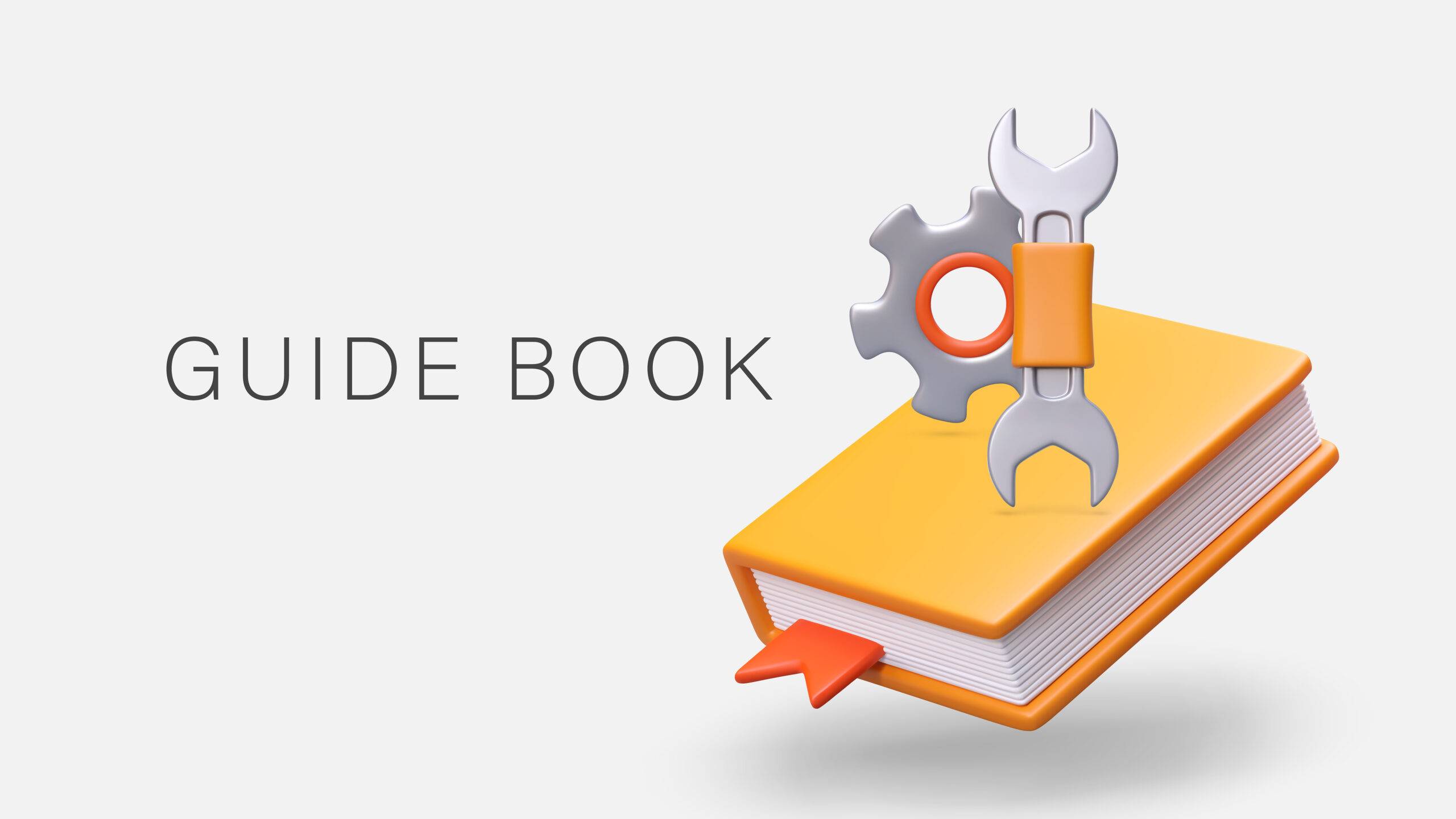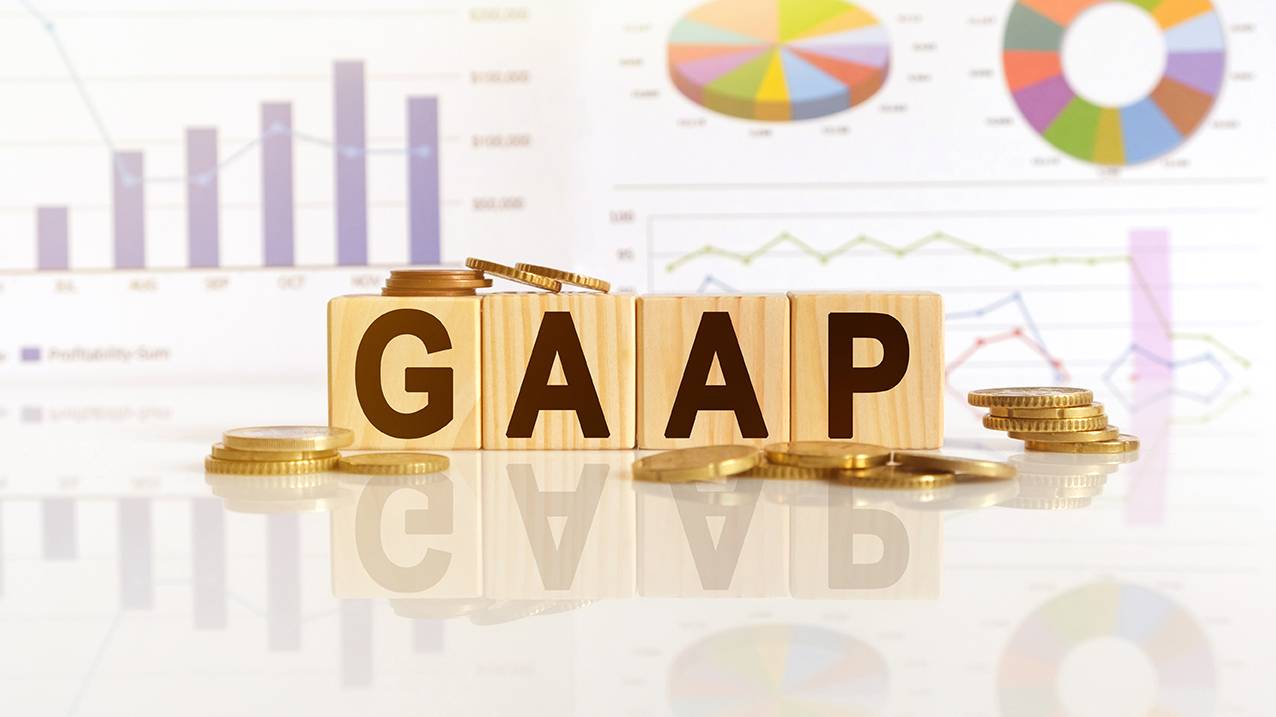Self-Study
Accounting Information Systems
Implement strategies for robust financial systems and fraud prevention, identifying characteristics of data and more.

$351.00 – $391.00
Webcasts are available for viewing Monday – Saturday, 8am – 8pm ET.
Without FlexCast, you must start with enough time to finish. (1 Hr/Credit)
Please fill out the form below and we will reach out as soon as possible.
CPE Credits
13 Credits: Accounting
Course Level
Overview
Format
Self-Study
Course Description
The practicing accountant should have a thorough knowledge of the processes within an accounting system. Otherwise, it would not be possible to create a system of controls, write procedures, understand where errors are originating, or develop new systems. The Accounting Information Systems course provides the deep background needed to gain proficiency in this area. The CPA CPE course also examines how transactions are recorded and roll up into the general ledger and financial statements. In addition, there is significant treatment of the many controls integrated into accounting systems, as well as how someone could fraudulently penetrate an accounting system. Finally, the accounting CPE course describes the key events in the process of developing and installing a new system. In short, this CPE accounting course is the essential source book for the accountant who wants to understand the core functions of an accounting information system.
Learning Objectives
Upon successful completion of this course, participants will be able to:
- Recognize the components of an accounting information system, and how it can be used.
- Identify the characteristics of data.
- Recognize different types of business processes.
- Describe the nature of a give-get exchange.
- Describe the data processing cycle.
- Recognize different types of source documents.
- Differentiate between the different types of ledgers and their contents.
- Specify where accounts are categorized within the chart of accounts.
- Specify the uses to which a context diagram can be put.
- Identify the best practices associated with the development of data flow diagrams and flowcharts.
- Recognize the different types of data representation in a database.
- State how tables and fields within a database are described.
- Describe the advantages of a relational database.
- Identify the tools used to manipulate and investigate data.
- Describe the legal basis for fraud having been perpetrated.
- Describe the three elements of the fraud triangle.
- Identify the conditions that should be present in order to reduce the incidence of fraud.
- Recognize the different classifications of computer-related fraud.
- Specify the conceptual failings that can interfere with a system of controls.
- Identify the different classifications of controls.
- State the organizations supporting the Committee of Sponsoring Organizations.
- Describe the components of the Internal Control – Integrated Framework and the Enterprise Risk Management framework.
- Identify the domains included in the COBIT model.
- Recognize the different types of directed attacks to which a system may be subjected.
- Identify the different types of input controls.
- State the privacy principles noted in the Generally Accepted Privacy Principles.
- Describe the different types of data backups.
- Recognize the characteristics of a digital signature.
- Describe the contents of an audit plan.
- Identify the techniques used to collect audit evidence.
- Describe the advantages of using computer-assisted auditing.
- Recognize the components of the sales cycle and the failures that can arise from having incorrect data in it.
- Identify the flow of information through the sales cycle, as well as the use of various documents within it.
- Recognize the components of the expenditure cycle and the failures that can arise from having incorrect data in it.
- Describe the formula for calculating the amount of reserve stock.
- Identify the concepts underlying a just-in-time system.
- Identify the various documents used in the expenditure cycle.
- State the reasoning behind using the target costing system.
- Recognize the components of the production cycle and the failures that can arise from having incorrect data in it.
- Identify the components of the master production schedule.
- Describe the different types of best practices that may be incorporated into an advanced manufacturing environment.
- Identify the key components of an activity-based costing system.
- Recognize the components of the human resources cycle and the failures that can arise from having incorrect data in it.
- Identify the various documents and reports used in the human resources cycle.
- Specify the situations in which the use of incentive compensation software is warranted.
- Describe the responsibilities of an employer and its supplier when payroll is outsourced.
- Identify the contents of the financial statements.
- Recognize the formatting changes that can be used to enhance the relevance of reported information.
- Identify the different types of month-end adjusting entries.
- Describe the advantages of using long-term systems planning.
- Specify the actions that can be taken to improve the odds of completing a system installation.
- Recognize the levels of in-house expertise needed to operate different types of software installations.
Course Specifics
SS123364130
January 14, 2025
There are no prerequisites.
None
288
Compliance Information
CMA Notice: Western CPE makes every attempt to maintain our CMA CPE library, to ensure a course meets your continuing education requirements please visit Insitute of Management Accountants (IMA)
CFP Notice: Not all courses that qualify for CFP® credit are registered by Western CPE. If a course does not have a CFP registration number in the compliance section, the continuing education will need to be individually reported with the CFP Board. For more information on the reporting process, required documentation, processing fee, etc., contact the CFP Board. CFP Professionals must take each course in it’s entirety, the CFP Board DOES NOT accept partial credits for courses.
Meet The Experts

Steven M. Bragg, CPA, is a full-time book and course author who has written more than 300 business books and courses. He provides Western CPE with self-study courses in the areas of accounting and finance, with an emphasis on the practical application of accounting standards and management techniques. A sampling of his courses include the The New Controller Guidebook, The GAAP Guidebook, Accountants’ Guidebook, and Closing the Books: An Accountant’s Guide. He also manages the Accounting Best Practices podcast. Steven has been the CFO or controller of both public and private companies and has been a consulting manager with Ernst & Young and …
Related Courses
-
 Accounting
Accounting
Accountants’ Guidebook
Steven M. Bragg, CPA QAS Self-Study
Credits: 30 $600.00
QAS Self-Study
Credits: 30 $600.00$600.00 – $640.00
-
 Accounting
Accounting
Accounting Fraud: Recent Cases
Joseph Helstrom, CPA QAS Self-Study
Credits: 1 $29.00
QAS Self-Study
Credits: 1 $29.00$29.00 – $49.00
-
 Accounting
Accounting
GAAP Guidebook
Steven M. Bragg, CPA QAS Self-Study
Credits: 29 $580.00
QAS Self-Study
Credits: 29 $580.00$580.00 – $620.00
